Determination of Chlorogenic acid and Baicalin in Compounded Lonucerae Japonicae Flos acc. Chinese Pharmacopeia using a Discovery® HS C18 Column
Dean Duan
Merck, Application Scientist, China application lab, Shanghai, China
Section Overview
Introduction
Compounded Lonucerae Japonicae Flos is a kind of Traditional Chinese medicine (TCM). It has the effects of heat-clearing and detoxicating, cooling blood and detumescence. In this application, one Chinese pharmacopeia 2020 monograph method was validated using a Discovery® HS C18 HPLC column.
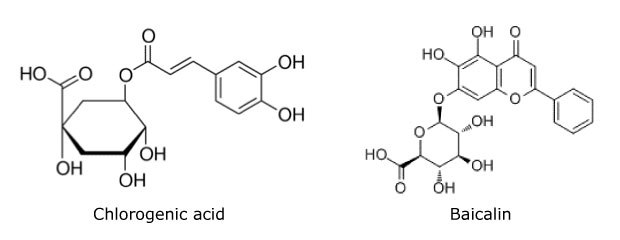
Figure 1. Chemical structures of chlorogenic acid and baicalin.
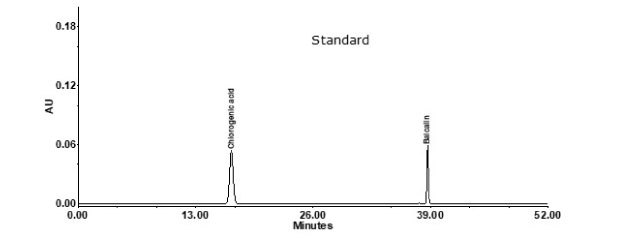
Figure 2. Chromatogram of chlorogenic acid and baicalin standard solution.

Figure 3. Chromatogram of compounded Lonucerae Japonicae Flos.
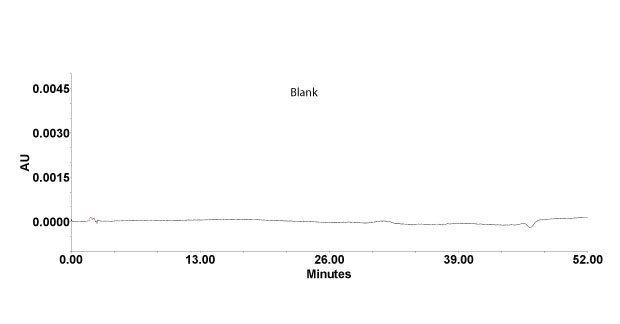
Figure 4. Chromatogram of solvent blank.
Chromatograms at 326 nm for baicalin
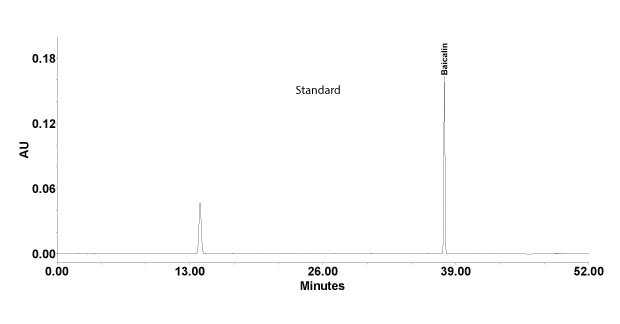
Figure 5. Chromatogram of chlorogenic acid and baicalin standard solution.
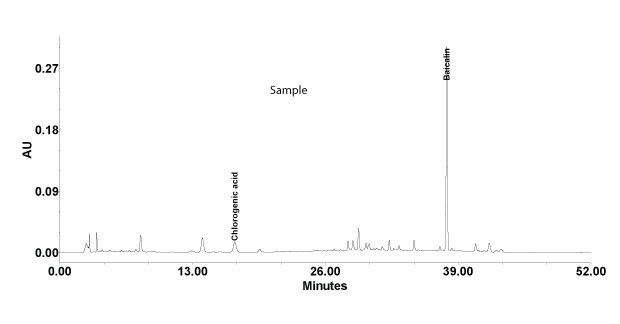
Figure 6. Chromatogram of compounded Lonucerae Japonicae Flos.

Figure 7. Chromatogram of solvent blank.
Specificity and repeatability – chlorogenic acid and baicalin
Calibration
Calibration data – chlorogenic acid
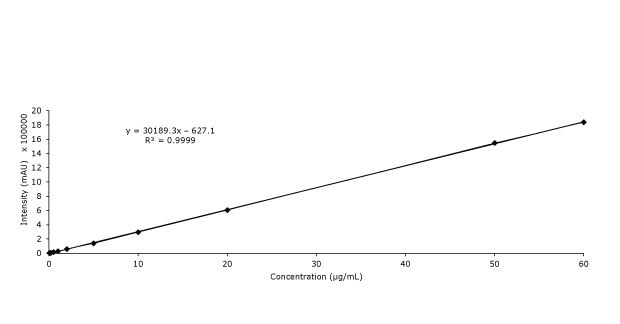
Figure 8. Calibration curve of chlorogenic acid.
Calibration data – baicalin
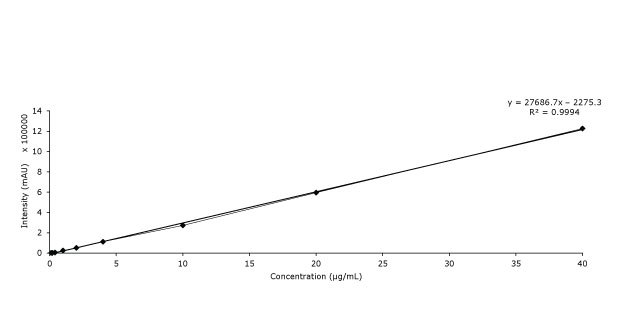
Figure 9. Calibration curve of baicalin
Conclusion
The Chinese pharmacopeia 2020 monograph method was reproduced using a Discovery® HS C18 HPLC column. For the shown method, the limit of detection (LOD) and the limit of quantitation (LOQ) were found to be 0.07 µg/mL and 0.21 µg/mL, respectively, for chlorogenicacid, while the limit of detection (LOD) and the limit of quantitation (LOQ) were 0.27 µg/mL and 0.82 µg/mL, respectively, for baicalin. The method can be used for determination of chlorogenicacid and baicalin in compounded Lonucerae Japonicae Flos according to the Chinese pharmacopoeia 2020.
Related Products
如要继续阅读,请登录或创建帐户。
暂无帐户?